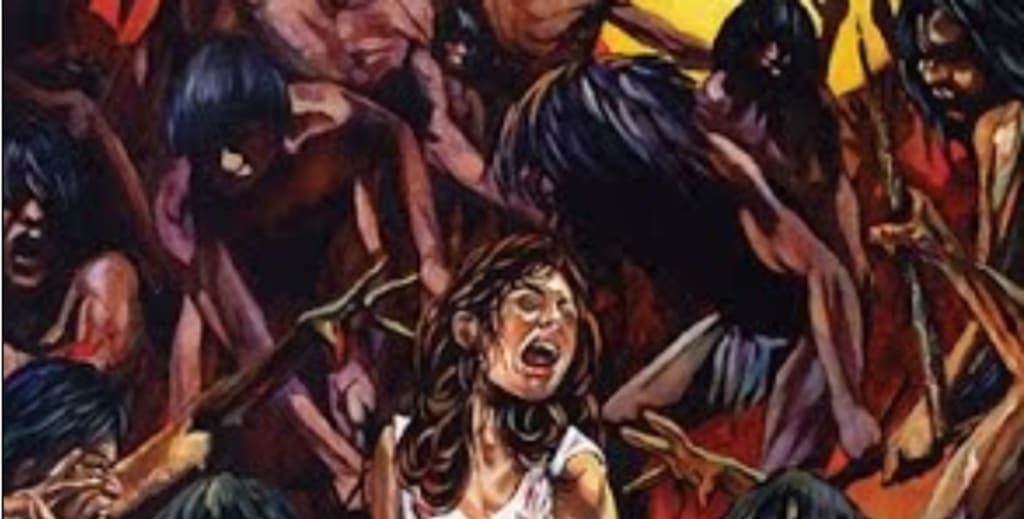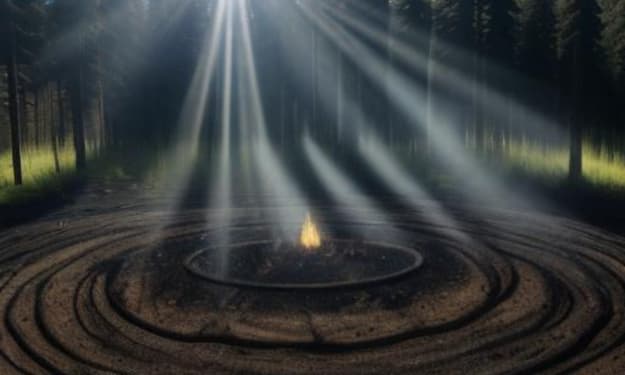
Censorship versus suppression
A film should never have to change itself in order to appease critics or censors but with so many films being accused of being nothing more than ‘torture porn’, where do we draw the line?
Puritanical critics have always written off contentious films which they unjustly label as filth. The first ever feature film to come from Italy was Dante’s Inferno (1911); loosely based on the poem, it features, among other things, a naked man presenting his decapitated head, a man removing his own intestines and a giant Satan feasting on men.
Filmmakers have been pushing boundaries right from the start – it's how cinema evolved. Early films could avoid heavy censorship by depicting either biblical or religious texts. However, in 1930 the introduction of the Hays Code resulted in much stronger restrictions on what filmmakers were permitted to show.
With the release of Romero’s debut ‘Night of the Living Dead’ in 1968, the Hays Code was finally dropped and replaced instead with age ratings. Still, this didn’t satisfy everybody and, during the early 1980s, Mary Whitehouse began her controversial war against ‘video nasties’, resulting in a moral panic and the removal of countless films from circulation. Cannibal Holocaust was one film authorities were especially keen to get their hands on.
Cannibal Holocaust: When Does a Film Go Too Far?
Cannibal Holocaust – aka Invasion of the Flesh Hunters – remains one of the most controversial and heavily discussed movies in horror today. Still banned in several countries, it is notorious for its graphic depiction of mutilation, murder and real animal violence. Infamously, director Ruggero Deodato faced murder charges which he had to disprove in court; the film was so extreme that some audiences were convinced actors had actually been killed on screen.
Forty-two years later, it’s not difficult to see why some people might have believed this. In a precursor to the found-footage genre, Deodato understood the perfect balance of what to show and what to keep hidden, with violence sometimes obscured and sometimes shown in graphic detail. Cannibal Holocaust still stands strong as one of cinema’s goriest, with the violence made all the more disturbing by Riz Ortolani’s hauntingly beautiful score.
As a horror fan, watching the film almost made me begin to feel ashamed of my love for sleazy and violent films like ‘Zombie Flesh Eaters’, ‘Street Trash’ and ‘Blood Feast’; films which have an insane amount of gore, but present it in a fun way. ‘Cannibal Holocaust’ on the other hand, punishes you for thinking that a film called ‘Cannibal Holocaust’ could be fun – it forces you to confront your own desensitisation toward, and enjoyment of, violence. Aside from the social questions that it raises, watching something so seemingly authentic may even make you begin to question the morality of other senseless gorefests commercialising violence. Obviously, Cannibal Holocaust is largely separated from these by the uninhibited approach it takes to sensitive and horrifying content, going a lot further than most films would dare – and not for invalid reasons.
The feature which has brought the most infamy is its inclusion of animal cruelty. Six animals are killed within the film and their deaths shown in full detail, these include a pig, a boa constrictor, a coati and in one of the most disturbing scenes, a turtle. It's slightly reassuring to learn that Deodato worked with the tribe in order to kill only animals which they had already planned on hunting but it doesn’t make it any easier to watch. Recently, the director has reflected on this decision, stating it was ‘stupid to introduce animals’, though previously, he has stuck by the argument that it was morally no different from killing animals for food.
The value of shock value
Cannibal Holocaust challenges civilised society's sense of superiority as a more sophisticated and advanced culture than the cannibals of the title, asking the question ‘are we the real cannibals here’. Some audiences have found the film’s intense violence and especially the animal killings unjustified by this final message.
In my opinion, to answer whether the film went too far, it should be judged not on the intensity of its violence but on the influence it has, and the message it conveys. Cannibal Holocaust challenges the commercialisation of violence, the concepts of morality and what it is to be ‘civilised’, disturbing aspects of our society - such as exploitation - and human nature. The reason the film is so horrific is because it’s about something horrific and to criticise it for that is lunacy. Therefore, though it is a nauseating film, it made me cry, and I never want to watch it again, there is nothing inherently immoral or damaging in the film’s message so I would not say that it crosses boundaries of cinematic morality. In contrast, I would even go so far as to call Cannibal Holocaust a masterpiece.
About the Creator
Enjoyed the story? Support the Creator.
Subscribe for free to receive all their stories in your feed. You could also pledge your support or give them a one-off tip, letting them know you appreciate their work.





Comments
There are no comments for this story
Be the first to respond and start the conversation.